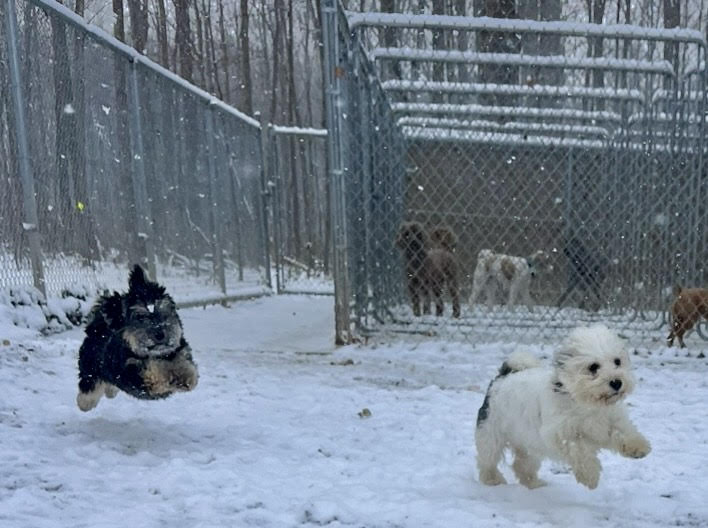Havanese Dog Breed Information
History of the Havanese
The Havanese was named after Cuba's capital city, Havana. They are a member of the Bichon family which also includes the Coton de Tulear, Bichon Frise and the Bolognese. The Bichon breeds are thought to have originated in the Mediterranean and then were taken to various parts of the world as people migrated. It is suggested that these friendly pups were brought to Cuba by Spanish settlers sometime during the 18th century. Historians think that the Havanese developed from two breeds, both of which are now extinct. The Bichon Tenerife and the Blanquito de le
Habana were small dogs with long, silky hair similar to this pup. There are ship manifests from Tenerife that were bound for Cuba that list small dogs brought aboard by passengers. A few of these canines made their way into the United States around 1959 when the Cuban Revolution occurred. Refugees brought these little dogs with them into the United States. In 1979, the Havanese Club of America formed with just nine members. In 1996, the American Kennel Club officially recognized them as a member of the Toy Group. These attractive companions are becoming more and more popular. While the Havanese is a pretty adaptable dog, they thrive in warmer climates such as in the southern United States. They do not do well in cold climates and need to be monitored
closely when exposed to colder weather.
Size
Havanese are small dogs weighing 12 to 18 pounds depending on the pairing. The height ranges from 8 1/2 to 11
1/2 inches at the shoulder. The body is longer than tall; they have drop ears and a tail that curls over the back. Havanese generally mature at 1 year of age, although they reach their full size around 6 to 8 months.
Appearance
The Havanese has a long coat that is silky to the touch. When showing in the conformation ring, there are certain expectations for appearance.
Their coat should be soft and light in texture. They have an outer coat and an undercoat. The outer coat should carry slightly more weight than the undercoat. The fur needs to be long and wavy. A frizzy, curly or wiry coat is not desirable in the ring.
The fur should look fluffy but also flow easily with movement. Ideally, the natural lines of the body are seen, not covered up. Puppies will have a softer texture to their fur and it will be shorter. They can come in any color but the most common colors include black, white, fawn, mahogany, tobacco and Havana brown. Patterns or parti colors are also seen. Some of them will have different colored skin and that is also acceptable. Their eyes are a sparkly brown and the nose is brown or black.
Living Needs for Havanese
Do you live in a home or apartment that allows dogs? Congratulations, you have a perfect space for a Havanese dog. Even the largest of Havanese aren't terribly big dogs, and they're as happy in an apartment as they are in a home with a big, fenced yard. Just make sure you're prepared to give them the opportunity to be active each day.

